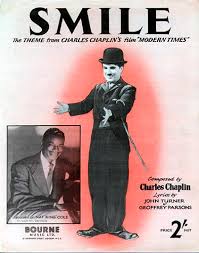Moviegoers and electronic game players have grown accustomed to digital manipulation of all sorts of still and moving images. But even the most jaded among them might be surprised by a process that computer scientists in California and Germany have developed to instantaneously transfer facial expressions.
With the new technique, one person's smile appears seamlessly on live video of another person's face, even though the se cond person is not smiling at all.

A computer processes the transfer in 30 milliseconds, no time at all for a human observer, although less expensive cameras can result in a bit of a lag. The researchers demonstrate their technique with simultaneous live video from two people, and the result is at least mildly disturbing.
Matthias Niessner, of Stanford University who works on the rendering of three-dimensional surfaces in computer graphics, refers to the process as "live facial re-enactment."Dr Niessner said he envisioned the technique being used to improve dubbing in movies, to make video in virtual reality more realistic, and to provide instantaneous translation.
He said that with further work, real-time transfer of facial expressions could be combined with realtime translation. Then, for example, if an English speaker were talking to a Mandarin speaker, each would appear to be speaking the other's language.
With the new technique, one person's smile appears seamlessly on live video of another person's face, even though the se cond person is not smiling at all.
A computer processes the transfer in 30 milliseconds, no time at all for a human observer, although less expensive cameras can result in a bit of a lag. The researchers demonstrate their technique with simultaneous live video from two people, and the result is at least mildly disturbing.
Matthias Niessner, of Stanford University who works on the rendering of three-dimensional surfaces in computer graphics, refers to the process as "live facial re-enactment."Dr Niessner said he envisioned the technique being used to improve dubbing in movies, to make video in virtual reality more realistic, and to provide instantaneous translation.
He said that with further work, real-time transfer of facial expressions could be combined with realtime translation. Then, for example, if an English speaker were talking to a Mandarin speaker, each would appear to be speaking the other's language.
No comments:
Post a Comment